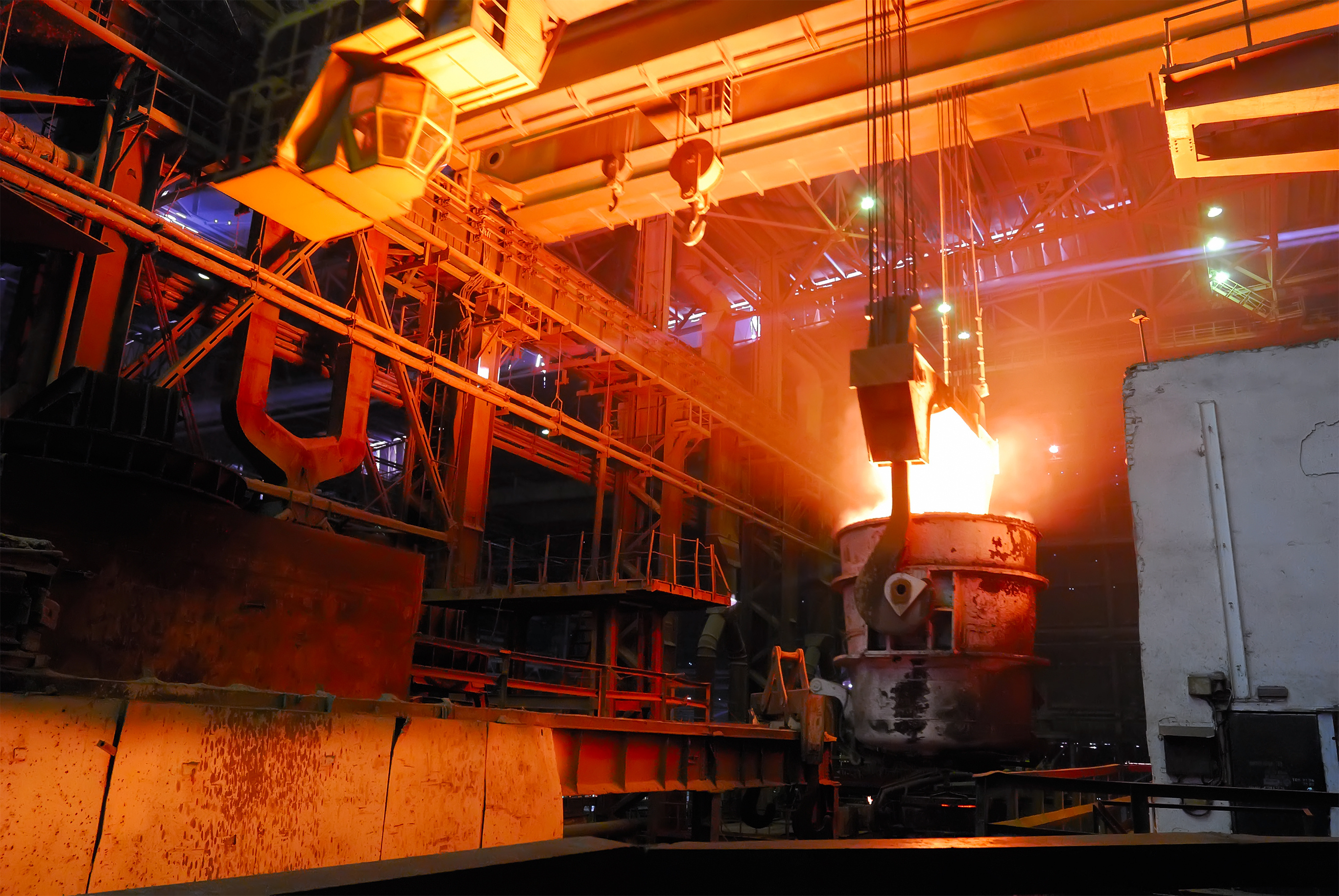High-strength cast iron
High-strength cast iron with spherical graphite has high physical and mechanical properties, due to the spherical shape of graphite. Such graphite formations weaken the cross section of the casting to the least extent, giving it high strength and plasticity. Mechanical properties of cast iron are regulated by GOST 7293-85 and are presented in table. 1. GOST includes eight grades of cast iron. The letters HF indicate the name of cast iron-high-strength cast iron, the following figures indicate the minimum allowable tensile strength in kgf / mm2. Strength and performance characteristics of the material of castings from hchg can be varied over a wide range without compromising the casting and process performance.
Table 1. Mechanical properties of cast iron or after heat treatment
Brand of cast iron tensile strength tensile σВ, MPA (kgs/mm2) yield strength σ02, MPA (kgs/mm2) elongation, δ, % Brinell Hardness number, HB
nevertheless
RF 35 350 (35) 220 (22) 22 140-170
RF 40 400 (40) 250 (25) 15 140-202
RF 45 450 (45) 310 (31) 10 140-225
RF 50 500 (50) 320 (32) 7 153-245
RF 60 600 (60) 370 (37) 3 192-277
RF 70 700 (70) 420 (42) 2 228-302
RF 80 800 (80) 480 (48) 2 248-351
RF 100 1000 (100) 700 (70) 2 270-360
Mechanical properties of high-frequency in comparison with steel:
The tensile strength is the same or more.
Higher ratio of yield strength to strength-0.65 – 0.80 (steel-0.55-0.60).
High wear resistance.
Higher damping capacity.
Less sensitivity to stress concentrators.
In the microstructure, ductile iron is divided into ferritic, heritability, perlite, politicalinstability and AutoPlay. There are also high-strength cast iron with troostite, trustifarians, martensitic, etc. policiamento structures. Ferritic and austenitic cast iron have high plastic properties (elongation 5-35%, impact strength 2-20 kgf • m/cm2). Austenitic cast irons include nomag and niresist with different Nickel content. High fur. the properties of austenitic cast iron do not change to a temperature of 600°C. Such cast irons are particularly promising when operating at low temperatures (up to a temperature of — 250°C). Perlite and troostite iron are characterized by high strength (tensile strength 60-140 kgf/mm2) with relatively low plastic properties (elongation — 2.0—6%, impact strength 2.0—6.0 kgf • m/cm2). Nickel, copper, chromium, manganese and tin contribute to the production of the perlite structure. Cast iron with pearlitic and cane structures is highly resistant to wear; cast troostite and trustifarians structures obtained isothermal quenching. [1]
Roughly speaking: vchshg has mechanical properties of steel (sometimes surpassing them) and casting properties of gray cast iron (high fluidity, lack of tendency to crack formation, etc.). All this gives the prerequisites for the widespread use of high-frequency castings in the industry. In particular, the service life of a metallurgical mould of ductile iron 1.5-2.5 times higher than molds made of grey cast iron.
The experience of the Czech enterprise “KASI”, which has mastered large-scale (the largest in Europe) production of manholes of inspection wells from vchshg on AFL HWS, thus the mass of the manhole has been reduced practically by 50%, in comparison with hatches from gray cast iron is interesting. Since the 80-ies of the last century, the Moscow plant “Vodopribor” also produces manholes of observation wells from the high-frequency furnace to the kokil AFL (with a vertical connector), using synthetic iron, the weight of the hatch is also significantly reduced.
From vchshg produce parts of rolling and forging equipment; mining and crushing and grinding equipment; turbine parts; gear housing; parts of gears and lifting and transport engineering.
A lower specific gravity and a significantly higher fluidity of ductile iron compared to steel, enables high efficiency to use castings of ductile iron in the automotive industry to replace steel casting, reducing vehicle weight and increasing its power. Of produce ductile iron crankshafts, gears, crankcases, etc.
A significant place in the production of large diameter pipes, working under high pressure, is occupied by centrifugal cast pipes from high-frequency. Manufacture of fittings for subways and tunnels of ductile iron will significantly reduce their weight.
The use of chshg in the machine tool industry allowed to design complex cast parts for machines and equipment of heavy machinery weighing more than 150 tons (matrix holders of injection molding machines, cylinders and forging press frames, pistons and other parts), to reduce the weight of cast parts while maintaining sufficient rigidity. Chshg is an ideal material for a variety of hand tools (wrenches, clamps, gauges, etc.). In the details of paper machines chshg provides a significant technical and economic effect (for example, due to the fact that the modulus of elasticity chshg 60% higher compared to CHPG, reduced weight of pressure and drying rolls of machines). Chshg-the widespread material of the shut-off and regulating armature working in gas and liquid environments (acid, salt and alkaline). For example, a batch of ball valve plugs for the main gas pipeline Siberia — Western Europe with a diameter of 1420 mm was cast from chshg abroad. Initially, these plugs were made of steel forgings with a diameter of 2440 mm and a weight of 17 tons each. [4]
The patent for high-strength cast iron with spherical graphite №2485760 from 25.10.1949 received Kate D. Millis. Since the fifties of the last century around the world began industrial production of castings from high school. The first places in terms of production of castings from HCH over the past years have been divided between Japan and the United States, as the most technologically advanced countries. Today, in most industrialized countries, the production of hchg castings among iron-carbon alloys is second only to grey iron.


Leave a Reply
Want to join the discussion?Feel free to contribute!